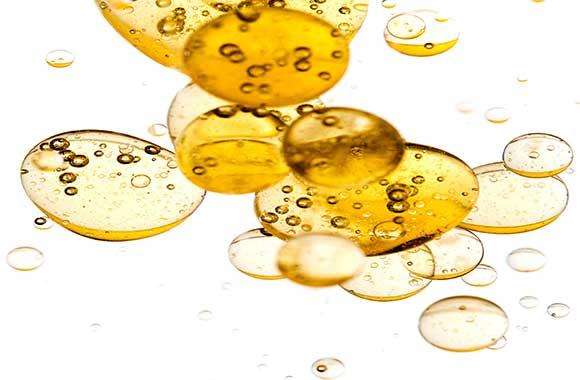
Nowadays, a lot of foods that we know and adore are composed of ingredients that do not blend and combine well. For example, one of the most popular salad dressing, Italian dressing (vinaigrette) consists of oil, vinegar, salt and spices. As we all know that oil and water do not mix or as known as immiscible. We can create a well-blended mixture of oil and vinegar by shaking the mixture in a container or by stirring with a whisk. The mixing action adds shearing forces to the immiscible mixture and creates a mechanical emulsion. But you may have noticed that this emulsion slowly breaks apart as it settles in the bottle or bowl. This is because mechanical emulsion is unstable.
For mass produced food products that sit on shelfs of shops and supermarkets, it is crucial that the qualities of products are stable and consistent. Thus, products that contains immiscible components need surfactants to create and extend stable emulsions.
Emulsions stabilized by emulsifiers are known as chemical emulsions. Emulsifiers are amphiphilic, meaning that they contain hydrophilic heads and hydrophobic tails. This allows the dispersed phase to evenly spread around in the continuous phase. There are numerous emulsifiers, among the rest, there are 2 groups of commonly used food emulsifier, polysorbates and ethoxylated sorbitan esters.